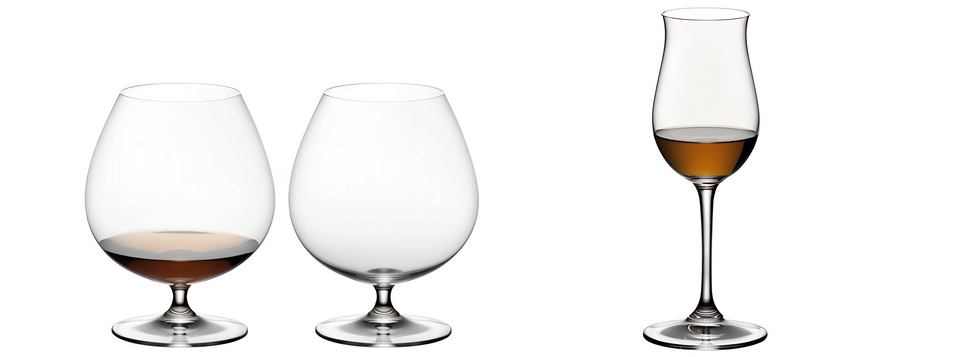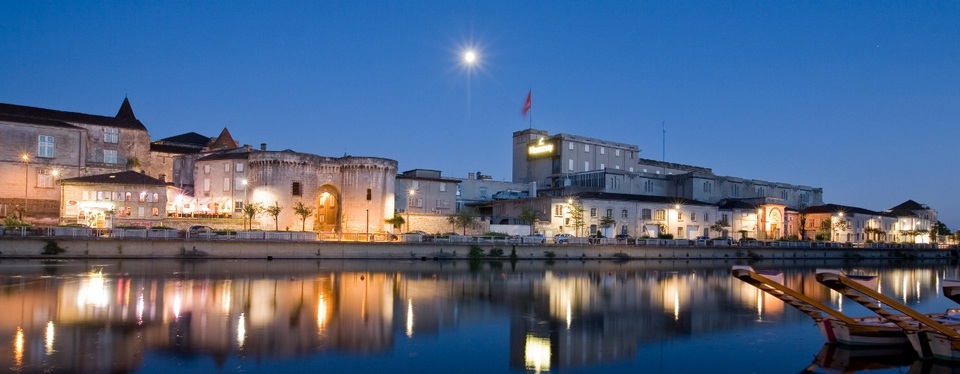
Down at the drinking trough last week, someone was lamenting the staggering price of cognac. A basic cognac from reliable producers such as Henessey, Hine, Martell or Remy Martin costs at least THB 3,000 for a bottle. If your taste runs to something slightly more luxurious, we are looking at over THB 10,000. Cognac has always been a splendidly traditional way to end a meal and it also makes a delightful late-evening beverage, ideally in the company of a good book and a large dog. However, if your pocket is not deep enough to dig out THB 3,000 for an after-dinner drink, there are some excellent French alternatives. So today, let’s have a look not at wine, but distilled wine, commonly known as brandy.
Yes, brandy is distilled wine, just as whisky is basically distilled beer and rum is the distilled juice from the sugar cane plant. The English word “brandy” comes from the Dutch brandewijn meaning “burnt wine” and refers to the distillation process in which the wine is heated. There’s a well-known saying which goes, “All cognac is brandy, but not all brandy is cognac”. Let me explain. Cognac is a place. To be more precise, it’s a small, bustling country town with ancient, narrow cobbled streets and it’s the source of the iconic drink that bears its name. Cognac (CON-yak) lies on the pastoral river Charante in Western France and it’s roughly halfway between the historic seaport city of La Rochelle and the wine city of Bordeaux.
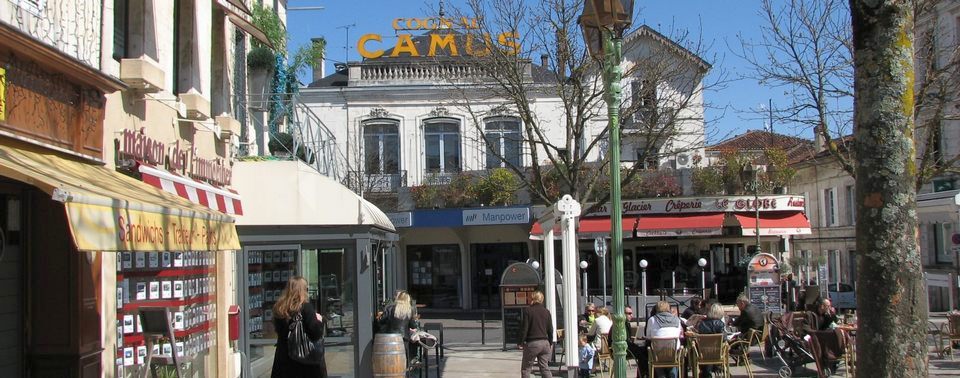
Cognac expert Salvatore Calabrese writes, “The town’s residents live in a cycle that revolves around the production of cognac. For 365 days a year they care for the land, the vines and the grapes and in October and November, they begin harvesting. Wine-making and distillation continue until the end of March. Next, the cognac must age in the cask and be tested continually by the master blender whose art changes the eau-de-vie in the cask into a fine cognac. And then they wait. And wait.”
Some of the finest cognacs are aged for many years, which is why they can fetch high prices. For example, the distinguished British wine retailer, Berry Bros & Rudd (founded in 1698) is currently selling a 1960 Hine cognac which has been aged over sixty years in the cask. A single bottle costs £4,000 which is about THB 172,000. You may well ask whether a single bottle of anything is worth this amount. But it comes down partly to the high cost of production, the rarity of the bottle and the fact that someone, somewhere is prepared to pay.
But let’s move on to the cheaper French alternatives under THB 1,000. Because French brandies are not subject to the rigorous regulations that govern the making of cognac, they are usually cheaper. Brandy is produced in many parts of France (and several other countries of course). Some French styles are well-known, such as Armagnac from Gascony in south-west France and the fruit brandy from Normandy known as Calvados. While brandy can be made from almost any fruit, most of the better-quality brandies are made from grapes. Brandy has an average alcohol content between 35-60%, depending on the distillery and the ingredients though most commercial brandies come at 40% ABV. If these figures are a bit meaningless to you, 40% ABV is about three times more alcohol than ordinary table wine.
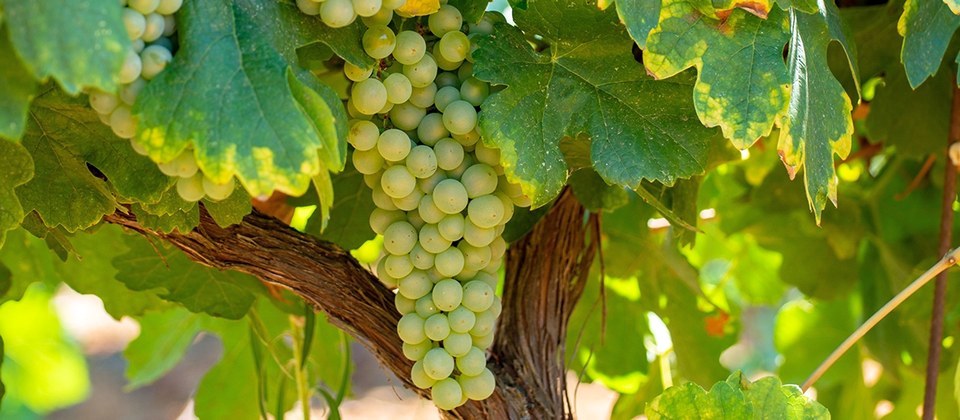
Many French brandies (and cognac) are made using the Ugni Blanc grape, better known perhaps by its Italian name of Trebbiano. It has been cultivated since Roman times and has dozens of other names depending on where it’s planted. It produces rather acidic wine which is exactly what’s needed for making brandy. After the grapes have been harvested and crushed, the juice is run into large casks and left to ferment for about five days. The resulting “base” wine has a high concentration of acid and low sugar level. You wouldn’t want to drink it. The “base” wine is then distilled twice, traditionally in copper pot stills. Mass-produced brandies are distilled more rapidly using enormous column stills which are sometimes up to 30 feet high.
The process of distillation has been understood at least since the time of ancient Egypt. It reduces the amount of water in a fermented liquid thus concentrating the alcohol. Wine contains water and alcohol but alcohol has a lower boiling point and becomes a vapour at just over 78°C. This vapour is collected and condensed and is known as eau-de-vie (“water of life”) and it’s a clear, colourless liquid. But this is only the beginning, because it must be matured and blended to produce brandy. The eau-de-vie is aged in small French oak casks for at least two years to develop the characteristic amber colour, the flavours and the aromas. Incidentally the word “cask” comes from the 15th century French word casque. The words “barrel” and “cask” are often used interchangeably but strictly speaking, a cask is a general term for any wooden container used for maturing spirits, while a barrel refers to a particular type of cask.
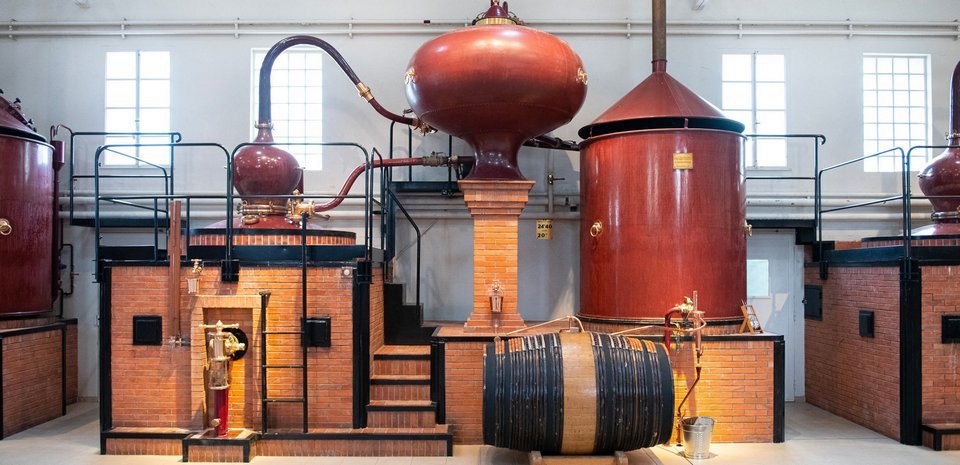
After at least two years, the matured brandy is removed from the cask and its flavour adjusted through blending and dilution. Blending is essential to ensure product consistency and the process requires trained “tasters” with years of experience. Brandy manufacturers store many hundreds of casks containing brandies of different years. By using their highly developed sense of smell, the “tasters” assess the contents of each cask regularly and evaluate it for its blending potential. It’s a long and never-ending task. However, as you might have guessed, brandy’s manufacturing process is rather more complex than I have described, but that’s the gist of it.
A single bottle of brandy or cognac is therefore a blend of many different liquids of different ages. Bottle labels use a simple code to show the approximate age of the youngest brandy in the blend. The lowest category is labeled VS (“Very Special”) and indicates that the youngest brandy in the blend was aged for at least two years. VSOP (“Very Superior Old Pale”) means the youngest brandy was aged for at least four years. XO (“Extra Old”) means that the youngest brandy was ten years old. There are a few other designations but you are unlikely to encounter them in Thailand. Sometimes brandies are labelled as “Napoleon” which indicates that the youngest brandy was six years old.
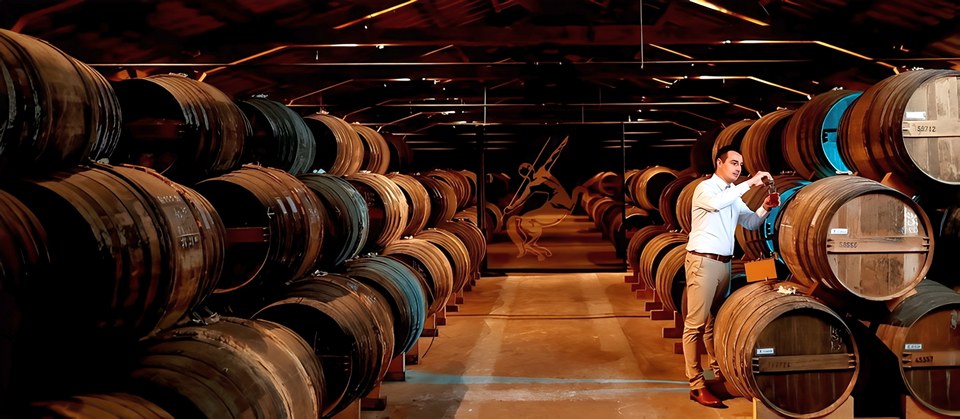
You might be wondering why English words are used for such a typically French product. It’s because historically, the British were significantly involved in brandy trade and production. It’s also why some cognacs have British names. Hine for example, was founded in 1763 and named after its original proprietor, Thomas Hine from Dorset. Hennessy was founded two years later by the Irishman Richard Hennessy.
St. Henri VSOP Brandy, France. THB 599.00 @ Villa Market
This brandy is made from Ugni Blanc, the same grape used to make cognac. It’s distilled in a small cognac-style copper still or alembic which preserves the fruity quality. After distillation, the liquid is matured in traditional oak casks. It has a delightful aroma of ripe tropical fruits and hints of vanilla and oak. The taste reminds me of oranges and lemons, reflecting the citrus-like flavours of the Ugni Blanc grape. There’s also an attractive earthy quality to the taste and a pleasingly long and satisfying finish. It is also sold in convenient half-bottles at THB 349 and available at several other retail outlets.
J.P Chenet XO Grande Noblesse Brandy, France. THB 699.00 @ Big C
When the J.P Chenet company was founded in 1984, Joseph Helfrich, an artist-entrepreneur, designed a special bottle for their products. The bottle, which he named the Joséphine, was recognizable by its unusual curvature with a slanted neck and full body. It leans distinctly several degrees to the right. Or the left, depending on which way you look at it. The company uses Colombard, Ugni-Blanc or Chardonnay grapes for its brandies. This Grande Noblesse brandy is amber-coloured, with strong aromas of candied fruits such as apricots and prunes. There are rich, floral and fruity flavours with a distinct hint of oak. It’s remarkably smooth on the palate with a touch of vanilla. There’s a good, long finish too.
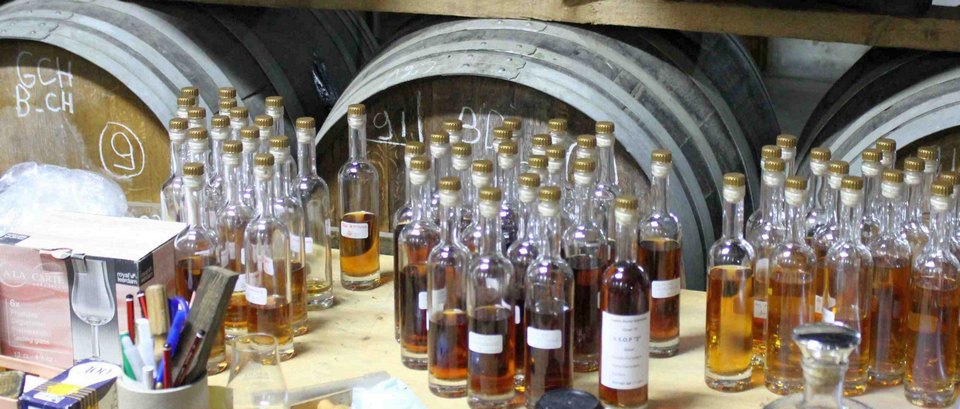
Chatelle Napoleon Brandy VSOP, France. ฿875.00 (1 litre) @ Friendship
First produced back in 1828, this elegant and popular brandy is made from the Ugni Blanc grape. It’s a light amber with hints of gold and a delicate floral aroma which brings reminders of mandarin oranges, prune, honey and spices. There’s a hint of oak too and it feels extremely smooth on the palate with nut-like undertones. It’s a rich, warming brandy and has been matured in oak casks, which impart woody, earthy aromas and sweet vanilla and raisin flavours. It has a distinctive silky texture and a long, soft dry finish. Owned by the well-known Cognac house of Camus, this 1-litre bottle is incredibly good value. The smooth quality is balanced by rich aromas and a pleasing dry finish.
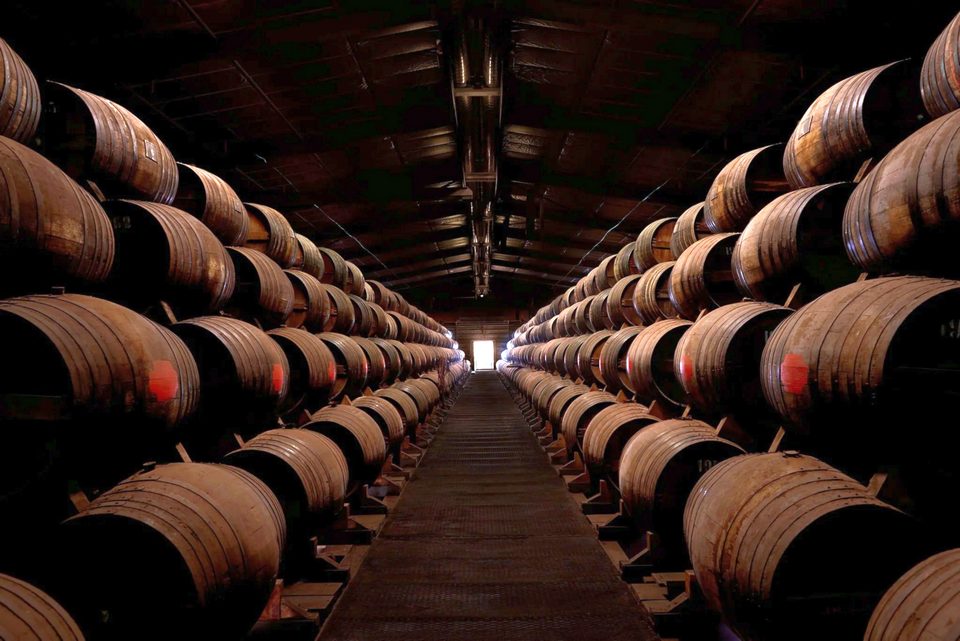
St. Remy VSOP, France. ฿945.00 @ Villa Market
St. Rémy was established in 1886 in north-western France about 150 miles north of Cognac. Today, it’s the largest producer of French brandy and it exports world-wide. This variety was launched in 1980 and the company is part of the historic Rémy Cointreau group, makers of the superb and much-admired Rémy Martin range of cognacs.
This brandy is an amber-yellow with glints of gold. The aroma brings fruity notes of apricot, peach, gooseberry and strawberry along with hints of vanilla and wood. It has a delicate and balanced style with flavours of fruits and wood with a decisive touch of vanilla. There’s a long and pleasing finish. To my mind, this is a text-book brandy which could easily be mistaken for genuine cognac. It’s beautifully blended, balanced and harmonious. Cécile Roudaut is the Master Blender for the St. Rémy distillery. She lives in an old post office surrounded by vineyards and is the mother of two boys. She writes, “I take my role very seriously in respecting the brand’s values and ensuring that St. Rémy retains its authenticity throughout the blending process. I maintain the tradition and I make sure that our brandies are always of constant quality.”

If you are new to brandy, you might wonder how it’s best enjoyed. For me, brandy has always been something for the end of a meal, or the end of a day. There really is no need to add anything else to it, except possibly a couple of ice cubes but never drink it ice-cold. An unopened bottle of brandy can last for decades if it’s stored in a cool, dry place away from direct sunlight. This is why the labels don’t show a “best before” date. Brandy will not improve in the bottle, however long you keep it. After you open a bottle, it should last for up to a year if properly resealed and stored in a cool, dark place. After a year, the quality begins to degrade. And incidentally, there’s no need to keep brandy in the fridge. It used to be a traditional British custom to pour brandy into an ornamental cut-glass decanter and leave it on the sideboard in the dining room. It might have looked appealing, but decanters are not airtight and the oxygen would have reduced the lifespan of the brandy. Better to store it in the original bottle.
You could I suppose, drink brandy out of a plastic cup, but if you want to enjoy it at its best, use the correct glass. This is because the shape of the glass affects the smell and taste of a drink. The most common brandy glass is the traditional balloon-shaped glass, often inelegantly known as a “snifter”. It has a wide bowl tapering to a narrow rim. This allows you to gently swish the liquid around to release the aromas, which then concentrate at the top of the glass near the drinker’s nose. It’s held not by the stem which is too short anyway, but by cradling it in the palm of the hand, thus warming the brandy and releasing the aromas. However, some professionals consider that this warms the contents too quickly and a stemmed brandy glass is better. There are many brandy glasses available, ranging from cheap, simple products to heavy, elegant cut-glass things if you prefer something rather more special. And I must admit there is something profoundly satisfying in drinking brandy out of a heavy crystal glass to enhance the experience.
